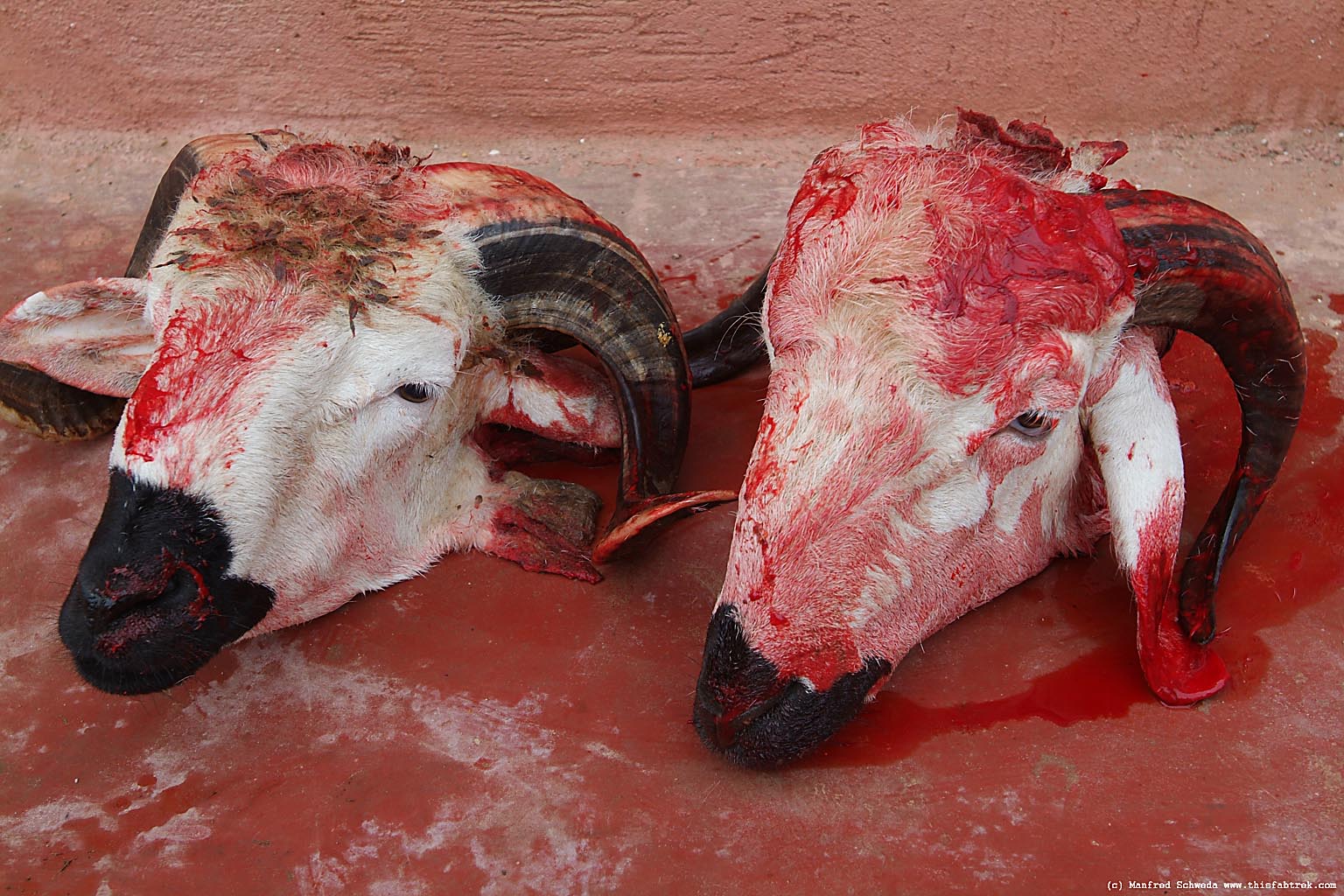Tarfaya is a city, previously also known as Villa Bens during the Spanish period, located in the Laâyoune Province of the Laâyoune-Boujdour-Sakia El Hamra region of southwestern Morocco. It is a port town on the Atlantic coast, close to Cape Juby, which shares its name with the southern region of Morocco, and is located 890 km southwest of Rabat. According ot the 2004 census, Tarfaya has a population of 5,615, the smallest of the four municipalities of the region, but it is the only one outside of the disputed Western Sahara.

In the 1920s, the French commercial air carrier Aéropostale constructed an airfield here. A small monument now stands at that site to honour the air carrier, its pilots in general and the French aviator and author Antoine de Saint-Exupéry in particular. He served as station manager here during his career as an airmail pilot.
Tarfaya was occupied by the British in 1882, when they built a trading post called Casa del Mar. The building is currently in a state of complete disrepair. The Sahrawi tribes[which?] then solicited the intervention of Sultan Hassan I who negotiated the withdrawal of the British in 1885 by acquiring their trading office[citation needed]. In 1912 the territory of Tarfaya, then named Cape Juby, was occupied by Spain as part of the Spanish Sahara. The greater Cape Juby region plus Tarfaya were unified with Morocco in 1958, at the end of the Ifni War.
The wreck of Assalama
In early 2008, a ferry service was established between Tarfaya and Puerto del Rosario[citation needed]. The car ferry Assalama, operated by the shipping company Naviera Armas made the trip three times a week[citation needed]. It was the first ferry service between the Canary Islands and the coast of Africa[citation needed]. The anticipated car traffic between the Canaries and Morocco provided a modest economic upturn for the town.
This ferry service was, however, halted due to an accident on 30 April 2008, during a botched maneuver in the port. The ferry struck a sandbar and later sank in shallow water near Tarfaya. The Panama registered passenger ferry Assalama was wrecked after leaving Tarfaya in poor weather. The vessel was about five miles offshore when high seas washed over its deck and it began to list and be carried back to shore.
Passengers and crew were successfully evacuated by Tarfaya fishermen as the ferry only had 2 obsolete lifeboats for 113 passengers after the ship beached on a sandbank just off the port entrance. Approximately 80,000 litres of fuel oil were spilt, severely damaging the local fishing industry. No compensations have been given for the loss of belongings or vehicles in the incident.

Tarfaya's association with Aéropostale began in 1927. The airmail carrier, based in Toulouse, France, was founded by French industrialist Pierre-Georges Latécoère, who envisioned an air route connecting France to its French colonies in Africa. Latécoère firmly believed in the future of aviation as a means of commercial transportation and communication between people.
The nearby Cape Juby airfield was an important refueling and stopover station for Aéropostale. Author-aviator Antoine de Saint-Exupéry was named its station manager in 1927. There he remained for 18 months, on occasion negotiating with the rebellious Moorish tribes to release his imprisoned pilots, as he wrote in his first novel, Southern Mail.
On 28 September 2004 a museum opened in honour of the memory of Aéropostale, Saint-Exupéry and its pilots, supported notably by the city of Toulouse and French aircraft maker Airbus. The museum was inaugurated by renowned aviation journalist Bernard Chabbert, whose father was also part of Aéropostale's history.










